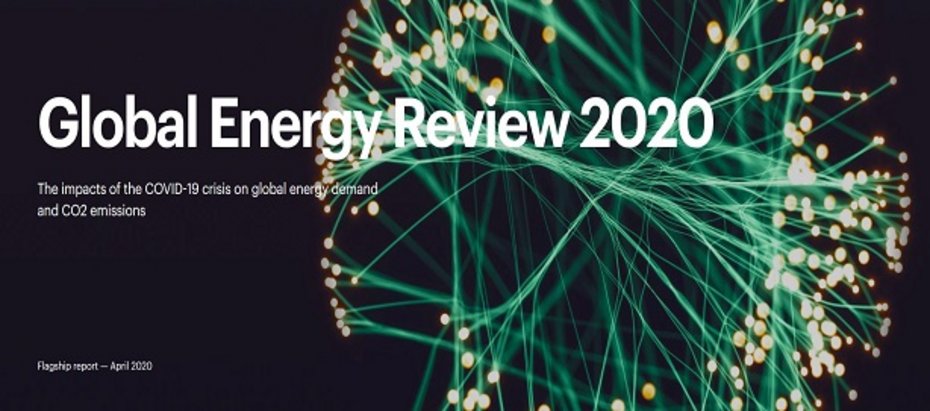
News
Global Energy Review 2020
The International Energy Agency (IEA) published its new Global Energy Review on 30th of April 2020. The annual report reviews the development of the energy and CO2 emissions data by fuel and country in 2019 and expands the scope of the impacts of the COVID-19 crisis on global energy demand and CO2 emissions. In light of the current circumstances, the review highlights the factors that could lead to a different outcome in these uncertain times. With the help of real-time analysis of developments, it sets out possible paths for energy use and CO2 emissions in 2020.
The rapidly unfolding health crisis triggered an unprecedented macroeconomic shock. To slow the spread of the virus, sanctions were imposed by national governments (for example, lockdowns, curfews, closing educational institutions and non-essential businesses). It also meant that 54% of the global population, representing almost 60% of global GDP, was subject to the imposed restrictions that generated a supply and demand shock at the same time. The direct impact of these measures in terms of GDP and energy use will depend on the duration of the lockdowns, while the indirect impact will be determined by the pace and shape of recovery.
The energy industry was hit by reduced demand and lower prices of products.- Oil prices, for example, fell sharply, as did the market prices for electricity, which fell below zero in a number of countries. It is expected the companies will come out of the crisis in a weakened financial position. Energy market concentration and consolidations are also expected. Energy security was also challenged due to demand declines, whose speed and magnitude greatly exceed the normal market flexibility of supply, but it also accelerated the shift to renewable energy in the power mix.
The pace of the clean energy transition was also impacted by the crisis. Global CO2 emissions are set for the largest year-to-year decline on record, but it is only temporary without long-term structural changes. The design of economic recovery packages allows governments to link economic recovery efforts with clean energy transitions, which should be carried out by a coordinated policy effort, working toward a more resilient and clean energy sector.
To read more or to download the report, please click here.
